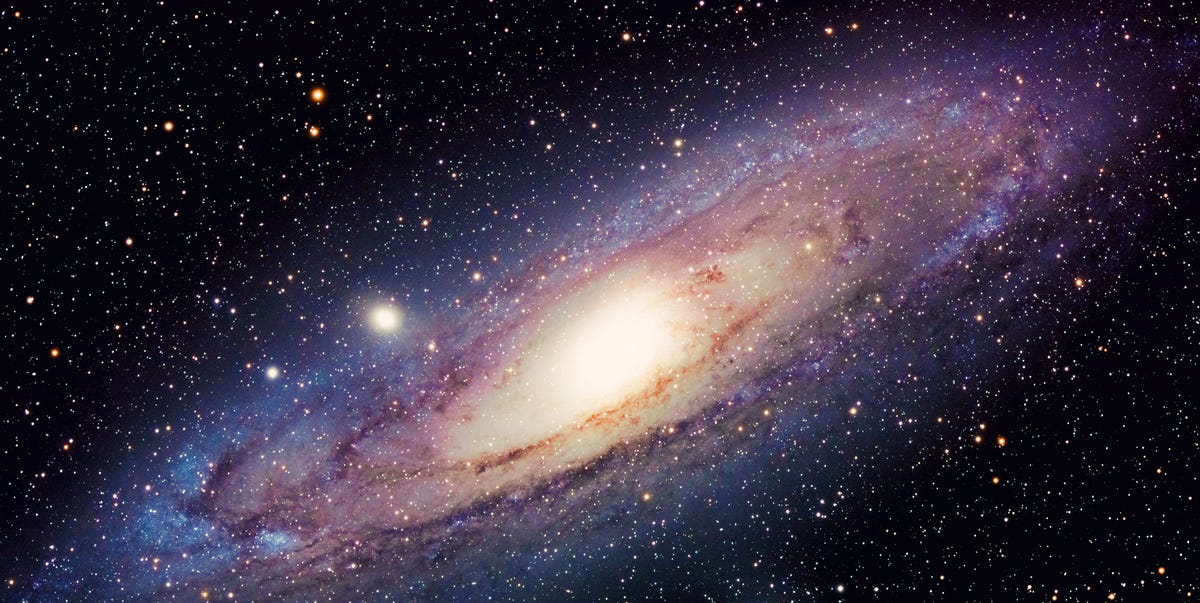The Milky Way Galaxy is our home base in space. We float with the Sun, Moon, and neighboring planets in this flat, oval disk of the universe. Since Galileo Galilei discovered in the early 17th century that the Milky Way is a collection of individual stars, we have learned a lot about our own galaxy. We will actually highlight five facts.
1. The Milky Way Galaxy is bigger than you can imagine
If you thought our solar system was big and contained eight planets, a few dwarf planets and dozens of moons, wait until you see a map of the Milky Way. It is estimated that the Milky Way Galaxy consists of one hundred to four hundred billion stars. There are likely one or more exoplanets orbiting each of those stars. However, there are galaxies much larger than the Milky Way. Take, for example, the Andromeda Galaxy, our immediate neighbour. This galaxy consists of at least a trillion stars.
2. Every star and planet in the Milky Way Galaxy orbits a giant black hole
In the center of the Milky Way Galaxy is a massive black hole. Every star and planet orbits this black hole, which we call Sagittarius A*. Such a cycle takes much longer than our revolution around the Sun, which takes the Earth a whole year. It takes our solar system 250 million years to complete one orbit of the Milky Way. The last time we took this particular place in the universe, dinosaurs were roaming the Earth.
3. The Earth is located on the outskirts of the Milky Way Galaxy
When scientists first pointed their telescopes at the Milky Way several hundred years ago, it seemed likely that Earth was located at the center of the galaxy. Nothing turns out to be further from the truth. Our solar system, which contains Earth and neighboring planets such as Mars and Jupiter, is located 27,000 light-years from the center of the Milky Way.
4. The Milky Way is a spiral galaxy
Knowing the exact shape of the Milky Way has proven difficult until now. We have not yet been able to take a photo from outside the galaxy. However, astronomers have a good impression. For example, we know that the Milky Way is a spiral galaxy with a diameter of about 150 thousand light-years. The Milky Way Galaxy includes more than just stars and planets. Much of it is also made up of dark matter.
5. In four billion years, the Milky Way will cease to exist
You and I won’t live to see it, but in four billion years, the Milky Way as it appears now will no longer exist. But there’s a good chance our sun will still shine. What’s up with that? Scientists estimate that the Milky Way Galaxy will collide with its neighboring Andromeda Galaxy within a few billion years. Then the two galaxies merge, as it were. This does not necessarily mean that stars and planets will collide with each other directly. The distances between different celestial bodies are too great for this.
Willick Van Doorn studied journalism, traveled the world for a while, and eventually ended up in the editorial offices of Quest, National Geographic, and Runner’s World across the United States, Australia, and New Zealand. She is interested in the world, prefers to travel every month and always takes her running shoes with her.

“Total coffee specialist. Hardcore reader. Incurable music scholar. Web guru. Freelance troublemaker. Problem solver. Travel trailblazer.”







More Stories
GALA lacks a chapter on e-health
Weird beer can taste really good.
Planets contain much more water than previously thought